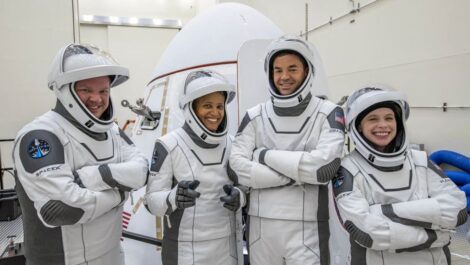
Sky watchers might catch a glimpse of the Capricornids. They are not abundant but if you see a bright slash across the sky it’s likely to be a Capricornid meteor. They peaked July 26 but are continuing through mid-August.
Look for the triangular Capricornus (Sea Goat) constellation for the Capricornid radiant.
Then be rewarded for looking up the beginning of August when the Delta Aquarids fly across the sky at about 10 per hour.
They peaked July 29 but continue through Aug. 19. However, you might miss some because they are not bright and don’t have a noticeable tail.
For their radiant look for Aquarius the Water Bearer (see a triangle of stars with a fourth star in the middle) between Capricornus and Pegasis’ Great Square.
Next, watch for the Perseids in mid-August. They are already shooting across the sky but will peak about Aug. 13-15 and continue through Aug. 24.
They come from the Swift-Tuttle also are abundant but more easily seen than the Delta Aquarids.
For more July-Aug. meteor shower info visit Space and the Old Farmer’s Almanac.

